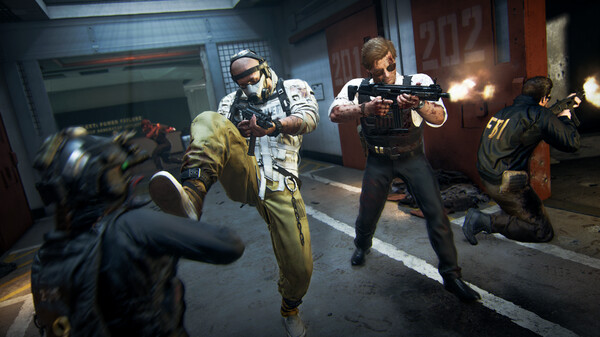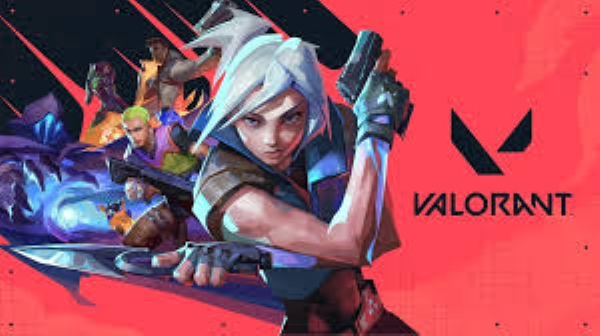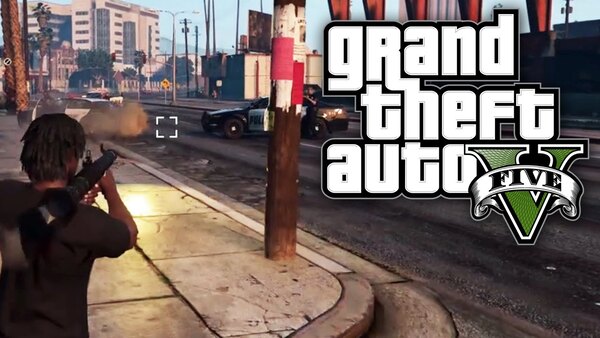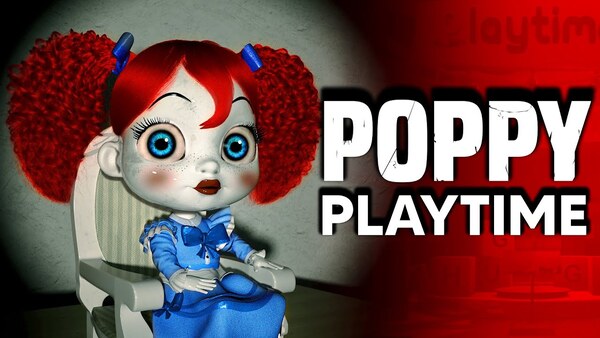Cyberpunk 2077: An In‑Depth Examination of Night City’s Redemption
1. Prologue: Rise, Fall, and Redemption
Upon its launch in December 2020, Cyberpunk 2077 debuted as one of the most acclaimed yet controversial AAA titles. While its ambition and narrative were widely praised, the original release was marred by technical failures, especially on PlayStation 4 and Xbox One consoles. These versions suffered from poor frame rates, crashes, and visual glitches, prompting Sony to delist the game temporarily and widespread refund requests.
However, CD Projekt Red’s sustained commitment—including extensive patches, the major 2.0 overhaul, and the Phantom Liberty expansion—transformed the game into a stable, narratively rich, and immersive RPG with substantial depth and renewed community respect.
2. Night City and World-Building
A Dense, Vivid Setting
Night City emerges as a sprawling metropolis layered with neon-blasted architecture, verticality, and cultural zones. Critics frequently cite it as one of the most immersive video-game environments, rooted in sci-fi inspirations like Blade Runner and Altered Carbon.
Each district reflects distinct lore and aesthetics, from Corpo towers to the Badlands, functioning as living environments populated by characters, stories, and ambient signals that evolve based on your journey and choices.
Atmosphere Through Sound and Visual Design
The soundtrack benefits from over 150 licensed tracks across ten radio stations plus ambient music, featuring artists like Grimes and Run the Jewels. Grimes also voices an in-game character involved in missions, which adds a personal flair to the music integration.
Directional sound is finely tuned, improving combat awareness: bullets whiz past, environments evoke life, and distinct audio for each weapon type bolsters immersion even during chaotic scenes.
3. Storytelling, Characters, and Narrative Choice
Three Life Paths and Narrative Branching
The opening stage features three distinct origins—Nomad, Street Kid, or Corpo—with missions lasting up to one or two hours each. These paths shape initial relationships, dialogue options, and narrative arcs throughout the game.
Character Depth and Relationships
Core characters including Judy Alvarez, Panam Palmer, and Johnny Silverhand (played by Keanu Reeves) are widely praised for their emotional depth and narrative continuity. Dialogue, romance quests, and branching mission paths lend personal investment, often provoking strong emotional reactions akin to other highly regarded RPGs.
Johnny’s recurring presence and commentary outside narrative milestones helps bring consistently present personality and commentary, reinforcing character-driven storytelling in a way that feels integrated rather than forced.
Emerging Humor and Satire
While heavy in dystopian themes, Cyberpunk 2077 subtly incorporates dark, often absurd humor. The game uses ironic or satirical moments—even in bleak scenarios—to enhance immersion and social commentary.
4. Gameplay Systems and Player Agency
Character Building and Cyberware Variety
The game supports deep build diversity. V utilizes leveling, attribute allocation, perk trees, crafting, stealth enhancements, hacking, and cybernetic powers such as Mantis Blades and jump jets. Each playstyle—stealth, ranged combat, hacking, melee—is viable and rewarding.
The breadth of viable systems in tandem—crafting loops, loot rarity, cyber enhancements, stealth mechanics—creates a layered experience. Players frequently experiment with combinations to define unique styles of engagement.
Quest Design and System Overlap
Side missions often carry nuanced structure, offer meaningful character development, and sometimes hinge on branching choices that lead to diverging narrative outcomes. Many side plots, such as “Sinnerman,” have been likened to memorable RPG questlines in their emotional weight and storytelling execution.
Combat Mechanics
Gunplay is described as satisfying and varied. Hacking and stealth provide alternate approaches, creating tension and outcome flexibility. Melee combat, however, has been criticized as less consistent compared to ranged gameplay.
5. Technical Evolution and Platform Performance
From Buggy Debut to Technical Maturity
Originally, the game’s console versions were plagued with severe performance issues—from low resolution, frame rate drops, to UI crashes—leading many reviewers to deem early release versions unacceptable.
Over time, patches and updates—culminating in version 2.0 and Phantom Liberty—have transformed the experience, with improved stability, performance, and content integration.
Platform Highlights and Modern Performance
-
PC / Next‑Gen Consoles (PS5, Xbox Series X|S): Stable gameplay, enhanced visuals, and fast load times. These versions represent the definitive way to experience Cyberpunk 2077.
-
Switch 2 (Ultimate Edition): An impressive port delivering high-fidelity visuals and smooth performance in handheld/docked modes. Performance mode yields approximately 40 fps at docked settings on a 120Hz TV. While not matching PS5/Xbox fidelity, it significantly outperforms other portable platforms.
-
macOS (Patch 2.3): Native support for Apple Silicon Macs. On high-end M4 Max systems, the game runs at ~130 fps. Lower-end models like M1/M2 may dip under 30 fps at ultra settings. Support for AMD FSR and performance scaling helps maintain stable frame rates.
6. Phantom Liberty: Expansion and Reinvention
The Phantom Liberty expansion adds a new district, Dogtown, and introduces a spy-thriller narrative featuring Solomon Reed (voiced by Idris Elba). The writing, new systems, and infiltration-focused missions have been widely celebrated.
The expansion also introduces vehicle combat, a redesigned police system, and additional cyberware perks. These systems are tightly woven into both narrative and open-world activities, enhancing replay value.
7. AI, NPC Behavior, and Environmental Design
Improved Police AI and Enemy Behavior
With the 2.0 update, the police system underwent a complete overhaul. Officers no longer spawn out of thin air; instead, they pursue the player using patrol cars, blockades, and aggressive tactics that escalate depending on your actions.
Enemy factions now display improved group behavior and coordination, making combat more dynamic and tactical—especially at higher difficulties.
Crowd Systems and Environmental Layers
Post-patch, crowds now react more naturally to violence, explosions, and alarms. Pathfinding and AI idle behaviors contribute to the city’s sense of realism. Pedestrians engage in phone conversations, sit at restaurants, or flee from scenes dynamically.
These details combine with layered ambient audio and volumetric lighting to make Night City feel alive, even when not in direct mission contexts.
8. UI, UX, and Quality of Life
Cyberpunk 2077’s original interface was heavily criticized for clutter and convoluted inventory management. The 2.0 update improved:
-
Inventory and loot filtering
-
A redesigned perk system with clearer paths
-
Easier navigation through fast travel and crafting menus
The result is a smoother, more efficient experience for long play sessions and complex builds.
9. Reception, Awards, and Legacy
Despite a rocky launch, Cyberpunk 2077 has received multiple awards post-fix, including:
-
Best Role-Playing Game (Game Awards)
-
Best Performer (Idris Elba as Reed)
-
Most Improved Game (multiple editorial picks)
It stands as a case study of how a game can recover from near-collapse through dedicated post-launch support and transparent developer communication.
10. Final Assessment
Cyberpunk 2077 is no longer defined solely by its launch debacle. It has evolved into a multi-layered narrative experience with strong role-playing systems, high production values, and striking world-building. While some elements like melee combat and minor UI clunkiness still persist, the current version is vastly improved over its original state.
Its legacy, in hindsight, may not be defined by failure but by the rare feat of redemption—emerging from broken promises into a game that lives up to many of its original ambitions.
































